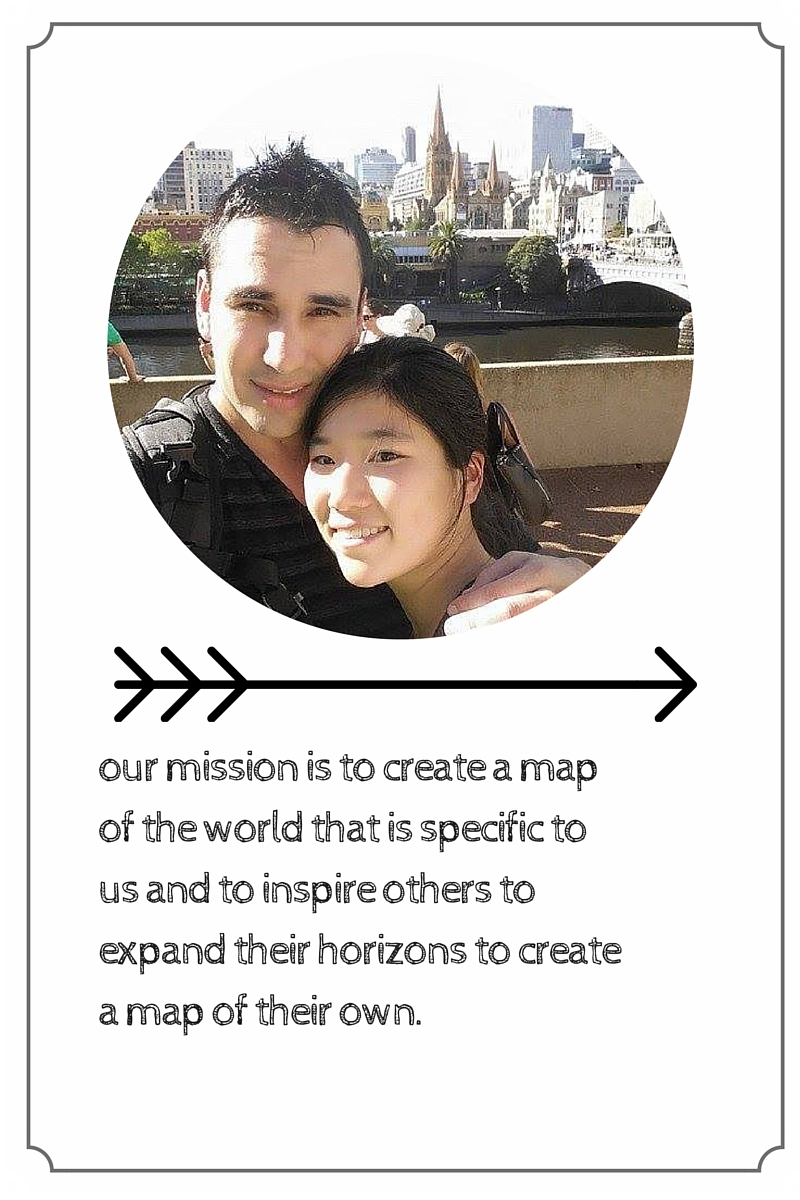Healthy Eating on a Budget while Traveling Australia

*scroll down for meal ideas and grocery list*
*all information down below are tailored to traveling in Australia, but key concepts can be applied to travels elsewhere*
If you ask people what they think a typical backpacker diet consist of, they would probably give you a list consisting instant noodles and $5.00 dominos pizzas. Truthfully speaking we have experienced times where we fed largely on pizzas, noodles, and canned food, but we soon realized that the tradeoff was absolutely NOT worth it! When you are hiking to an amazing lookout or surfing to catch some awesome waves, you probably need the energy to have an enjoyable experience. Sure, we're young, but dietary negligence can still catch up to you quickly.
During our journey, we met an elder couple very passionate about nutrition. Jill has suffered many similar symptoms of anxiety, lack of concentration, abdominal pain, inflamed tonsils, asthma ,and many other symptoms closely related to what my partner Chris has experienced. JIll and Jeff taught us the effects gluten has on someone gluten intolerant and completely changed Chris's mental and physical well-being.
But we are backpackers, how do we sustain a healthy gluten-free diet? Here are a few tips and tricks we have acquired in our diet transition.
1. Avoid Eating Out
easier said than done, but when you have access to a kitchen, utilize it!
A simple eggs and bacon brekkie/breakfast can cost you at least $8 might only cost $2-3 at home; that's $5-6 difference a meal, $35-42 a week, and $140-168 a month.
a stir-fry can cost about $2-3 per person at home while it can cost $10-20 eating out; that's $8-17 difference per meal, $56-119 per week, and $224-476 per month per person!
even if you want something fancy like lamb chops (aldi ~$8.00 for 6 pieces) it can serve three meals for two people. One chop is $1.33 + some veggies ~$1.00, that's $2.33 for what might be priced at $20 at a restaurant. That's 10x the cost of making it yourself!
same nutritional value but no empty wallet!
2. Avoid all middle aisles at the supermarket
fresh fruits, veggies, and a little bit of unprocessed meat can actually save you money! Packaged foods are less healthy and often contain lots of chemicals as preservatives (or just lots of sodium and sugar in general). Veggies are generally really cheap and fruits can have a wide range depending on the season and variety. You can probably get 6-7 veggie/fruit items and still come under $10.
3. Aldi can be a savior
Of all the supermarket chains (woolworths, Coles, IGA, food works) Aldi is known to be cheaper with less selections. There might be things that can catch your eyes in the meat section, or a few fruits that may be on sale. We go for their gluten free cereal at a whopping price of $3 and it'll last us for a week for breakfast with yogurt.
4. Keep an eye out for roadside tin shops!
Spread throughout australia are roadside tin stalls stocked with fruits and veggies. Everything grows easily in a tropical region and most people have a garden if not a full on farm they tend. Since there are generally no one tending the shops, all you have to do is pay the prices of product you wish to purchase in a little honesty box. As long as we remain honest, it's a win-win situation for both the owners (earning a little extra income) and us (getting fresh fruits and veggies for cheap)! So please don't try to cheat the system, or there will be no more honesty boxes in the future.
If you op for instant noodles for $1 a meal, it's actually much more expensive than you would imagine. Packaged instant noodles has no nutritional value in terms of the vitamin, fiber, and protein that your body needs to function. The sodium dehydrates your body and the MSG just makes you hungrier. Considering it doesn't help satisfy your bodily needs, even one dollar is a wasted dollar.
6. If you must eat out and there are no kitchen
subway: wraps and 6" sandwiches for under $6
zambrero: like Chipotle in the States, $11 for a bowl of rice, veggies, beans, and choice of meat. A bit pricey considering the portions aren't big, but still manageable.
dominos: whole pizza for $5, feeds the both of us so we can't resist it when we get lazy.
Breakfast ideas:
-omelette/scrambled eggs with stir fried veggies
-yogurt with gluten free cereal/bananas/honey
-rice crackers with sardine/honey
Lunch/dinner ideas:
-steak/rump/chop/kebab with veggies on the side
-coconut rice with vegetable curry
-vegetable soup/ lentil soup
-stir-fry vegetables and meat of your choice
-pan-fry or oven baked chicken wings ($4 for half of a kilo is just right for a meal)
our general grocery list:
-whole milk
-butter
-greek yogurt
-honey
-free range eggs
-carrots
-garlic
-zucchini
-onions
-tomatoes
-potatoes
-$3 family sized salad lettuce
-bananas
-whatever fruit that is on sale
-rice
-curry powder
-gluten free cereal from aldi
-coconut cream
-canned salmon/tuna/sardines
Remember, your body is your temple. Without it, you cannot travel; without it, you cannot experience the joy of living. Love yourself.




























4 comments:
Post a Comment